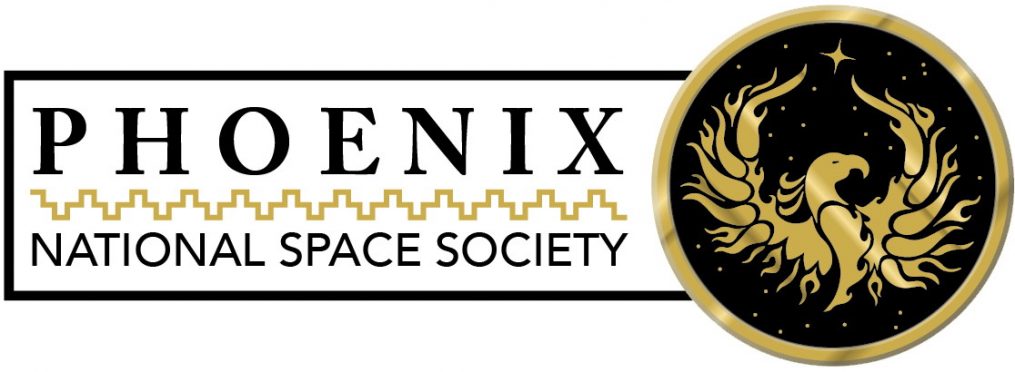|
BOULDER, CO. (January 3, 2013) – The Golden Spike Company announced today that it has entered into a contract with Northrop Grumman Corporation for the design of a new lunar lander that fits within Golden Spike’s “head start” commercial lunar architecture.
Northrop Grumman’s participation brings heritage lunar engineering expertise to Golden Spike. Northrop Grumman is a major aerospace and defense contractor. Its legacy companies — Grumman and TRW — designed and built the Lunar Module and Lunar Module Descent Engines for the Apollo moon landing missions that between 1969 and 1972 ferried a crew of two astronauts from lunar orbit to the lunar surface and back again six times.
Golden Spike debuted last month as the first commercial aerospace company planning to offer routine exploration expeditions to the surface of the Moon by the end of the decade. The company aims to use existing rockets and emerging commercial-crew spacecraft to allow nations, individuals and corporations to mount their own lunar expeditions. The lander is the only significant hardware that needs to be designed from the ground up.
“This is a significant step forward in our plans,” said Golden Spike’s Board Chairman, Gerry Griffin. “Northrop Grumman brings Golden Spike a unique body of knowledge and skills as the only company to ever build a successful human-rated lunar lander, the Apollo Lunar Module.”
Dr. S. Alan Stern, Golden Spike’s President and CEO, added: “We’re very proud to be working with Northrop Grumman, which has the most experience and successful performance record for human lunar lander designs in the world.”
Among the tasks Northrop Grumman will perform for Golden Spike are:
- Reviewing requirements and synthesizing a set of study ground rules and assumptions emphasizing system reliability, automated/ground command operability, and affordability
- Establishing velocity (Δv) budgets from and to low lunar orbit for pragmatic lunar landing sites
- Exploring a wide variety of Lunar Lander concept options, including staging, propellants, engines, reusability, autonomy, systems capabilities for exploration, as well as landing site flexibility
- Establishing the design trade space and establish pragmatic limits for future more detailed analysis and development
“This study is one of a number of initial studies we’re undertaking to begin creating the design requirements and specs for the lander contract competition we expect to hold to select a Golden Spike lander for flight development,” said Golden Spike’s Lunar Lander Systems Study (LLaSS) engineering chief, James R. French.
Golden Spike predicts its customers will want to explore the Moon for varying reasons—scientific exploration and discovery, national prestige, commercial development, marketing, entertainment, and even personal achievement. Market studies by the company show the possibility of 15-25 or more expeditions in the decade following a first landing.
|





You must be logged in to post a comment.